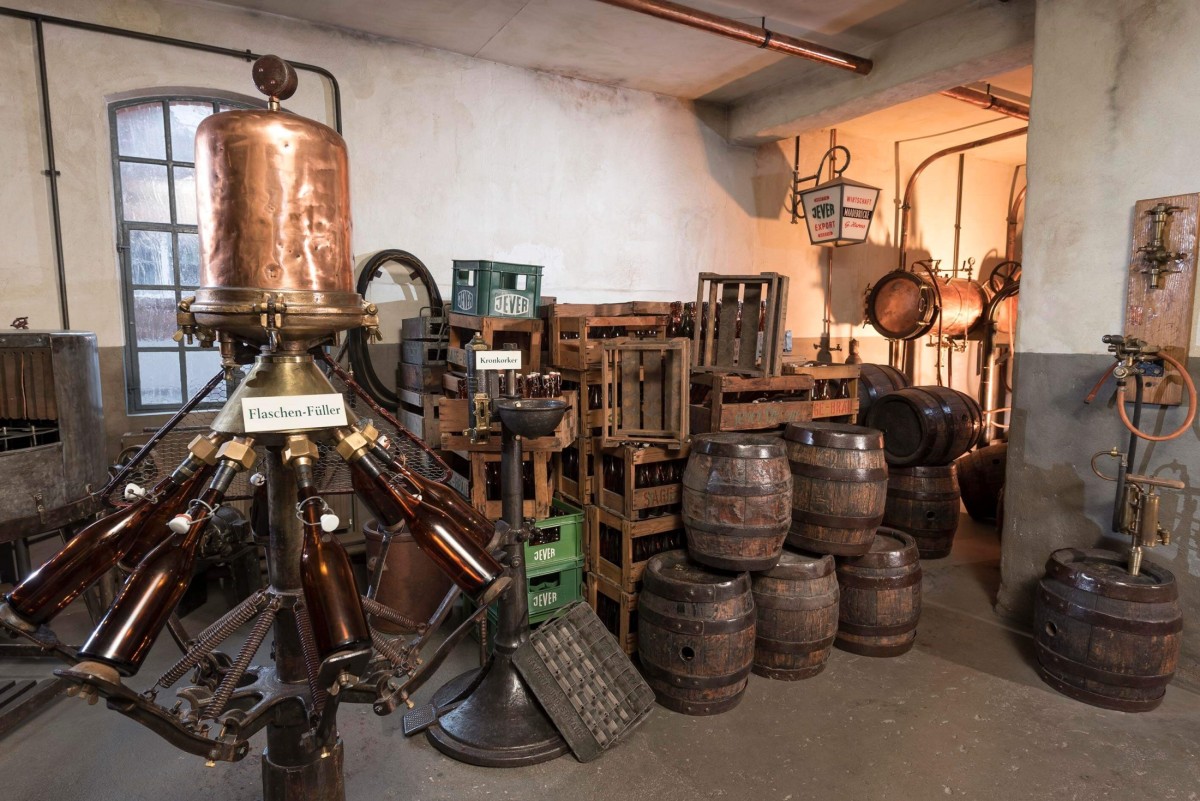Our History
The Jever story
Find out more about the long tradition that makes our beer so representative of the Frisian way of life. And has done so since its beginnings over 160 years ago.

Find out more about the long tradition that makes our beer so representative of the Frisian way of life. And has done so since its beginnings over 160 years ago.